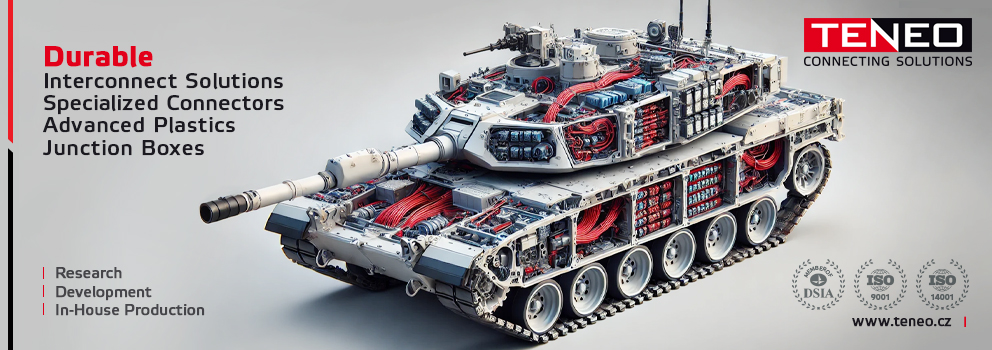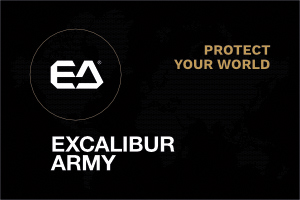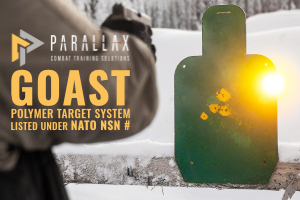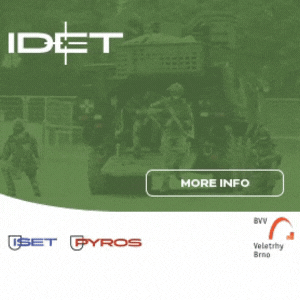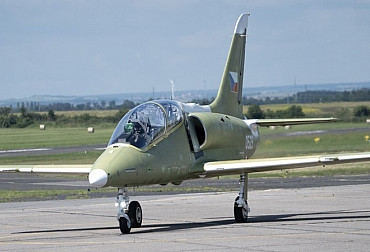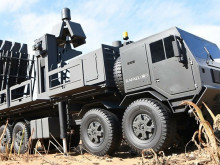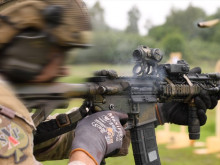Reconnaissance, target acquisition and night operations on the modern battlefield from the perspective of an individual of the Ground Forces of the Czech Armed Forces
In the world of contemporary warfare, where the battlefield has adapted to the advancement of modern technology, effective reconnaissance, accurate target acquisition, and the conduct of night operations remain critical success factors that are increasingly replacing the proverbial quantity of forces. The legendary strategist Sun Tzu stated in his famous book The Art of War, "All warfare is based on deception." This quote emphasizes the importance of reconnaissance and intelligence gathering in war operations. Collecting data, then rapidly evaluating and transforming it into information that is presented to commanders to inform their planning and decision-making processes, subsequently leads to more precise and focused employment of their own forces and assets, which is critical in today's era of multi-domain operations.
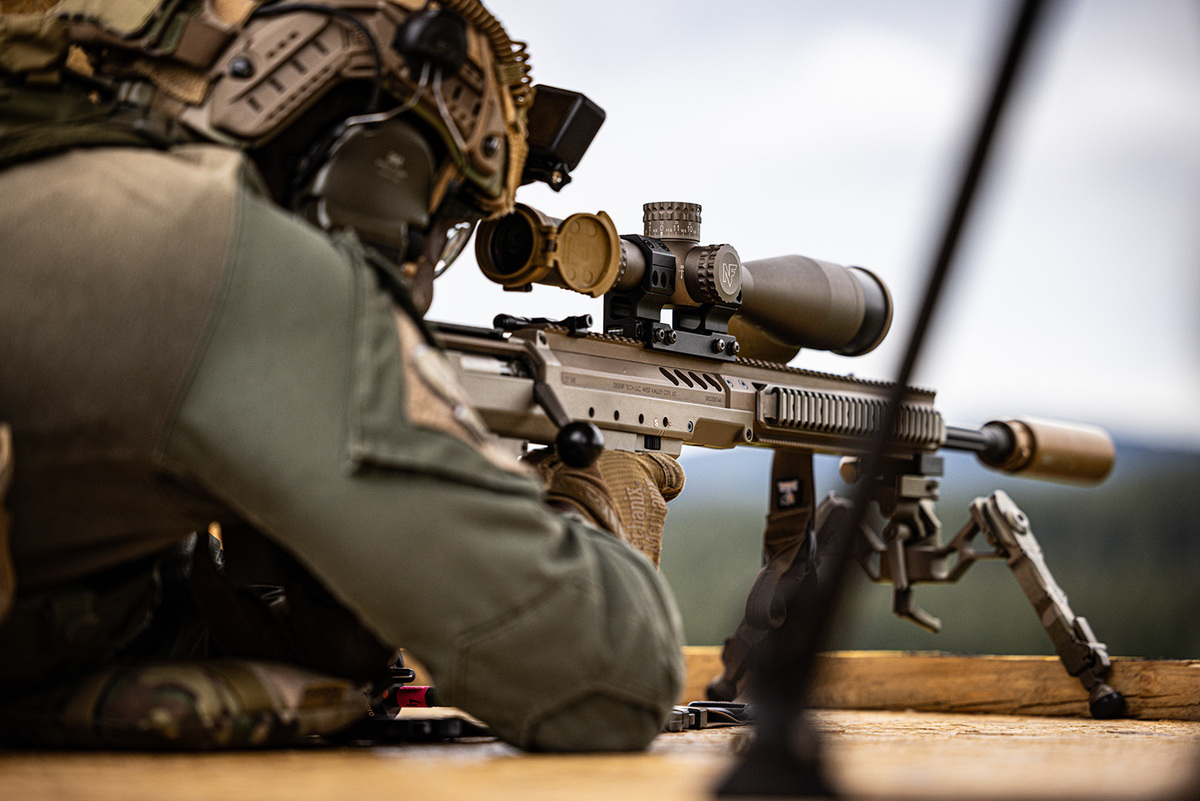
The development of modern thermal and fusion imaging, including the introduction of this technology into conventional all-military units, has significantly changed the way in which night operations or low-visibility operations are conducted. Thermal imaging not only allows soldiers to see in total darkness far better than night vision alone, based on residual light amplification, but can also identify targets at considerable distances. This technological development both increases the effectiveness of operations and significantly reduces the risks to the troops themselves. The intersection of these three factors from the contemporary battlefield is referred to by the acronym STANO (Surveillance, Target Acquisition, Night Observation), which, due to the precision of current weapons within the Land, Air, and Maritime domains and the use of Space domain assets, is a factor that not only affects the strategic and operational levels, but also impacts the lowest tactical level and each individual unit. The integration and understanding of STANO, and the implementation of these three components into an individual's training—including a full understanding of the need to evolve and change one's own tactics and procedures—will now play a key role in increasing and building one's own operational capability, even in the Czech Army Ground Forces.
Surveillance – the ability to observe from the perspective of the soldier as an individual and his training
The ability to observe the battlefield, to detect changes in the deployment of major weapons in the enemy's line-up, or to gain an overall situational overview of the battlefield and thus have the chance to choose the place, time, and method of one's own attack or to better prepare the defence, is every commander's dream that has now become a reality. In general terms, the English term "Surveillance" can be characterized as the observation of the battlefield to provide a constant overview of the area of operation. From an individual's perspective, the ability to observe is a critical skill that allows the soldier to gain situational awareness and better prepare for combat operations.
Each individual must be able to effectively use available surveillance technologies and tools to detect enemy positions, identify threats, and relay the information to his or her commanders. In today's military environment, "Surveillance" is indispensable when conducting multi-domain operations, where all components—ground forces, air, naval, and space forces—are integrated into a single entity.
The ability to observe the battlefield provides accurate and timely information that is critical to the successful planning and execution of complex operations. "Surveillance" is the cornerstone of modern military operations, enabling effective warfare and minimizing risks to one's own forces. The ability of individual soldiers and their units to conduct thorough reconnaissance and gather valuable information is essential to achieving success on the battlefield. Thus, the integration of advanced technologies and thorough training are critical to the proper use of "Surveillance" in the Army environment.
Currently, the most well-known technological means of battlefield surveillance is the aerial unmanned vehicle—the drone. In terms of training drone operators as an individual capability, this training is experiencing great progress. The desire to prepare drone pilots as quickly and as well as possible through an average of institutional and operational training, supplemented by an appropriate form of self-development and self-learning, has led to the acquisition of a relatively large number of trained pilots. The importance of this critical drone intelligence capability is evidenced by the fact that combat units of the Army Ground Forces are already implementing drones at the platoon level. Another chapter that lies behind the battlefield surveillance capability is training in camouflage, or getting better at camouflaging oneself from an enemy that uses the full spectrum of surveillance technologies, including drones.

Camouflage, an essential skill for every individual, today involves far more activities and challenges than just the application of camouflage clothing and face paint. In an era where modern technology allows the enemy to have constant visibility of the battlefield, camouflage itself, concealing one's actions, and overall deception as a tactical activity is critically linked to survivability on the battlefield. The need to camouflage oneself multispectrally—to be invisible not only to the human eye but also to night vision or thermal imaging devices with optical or digital zoom—is addressed by every individual on the battlefield today.
Camouflage alone can break up shape, size, silhouette, or reduce the glare of equipment, but what is most difficult is to disguise movement—one of the two basic principles of a soldier's manoeuvre on the battlefield. Concealment of movement at a time when today's small-size thermal devices, combined with night vision goggles, allow their use in the form of attachment to a soldier's helmet, makes concealment from these devices on the modern battlefield a real challenge. This places great emphasis not only on the technology of camouflage but also on the discipline, fighting behaviour, and habits of each individual. The ability to conceal the traces of one's activities in the area of operations from day, night, and thermal optics, including electromagnetic signatures, is a necessity and an essential skill for the individual on today's battlefield. The combination of new technologies with the skill and professionalism of each soldier is truly important, as a mistake by one can subsequently endanger the entire unit.
No special, expensive, super-modern technology is needed for full proficiency in camouflage training. It is only a matter of stepping out of the rut of training, the inventiveness of the lowest tactical commanders, and accepting the responsibility that the combat capability of a professional unit is built by its commander. The manoeuvre units of the Ground Forces of the Czech Armed Forces today have thermal cameras, and to a limited extent, camouflage suits that reduce visibility in the thermal spectrum. It is thus a matter of planning, preparation, execution, and subsequent evaluation—of how the given camouflage measures work, how to further improve them, and then to adjust their own techniques and procedures.
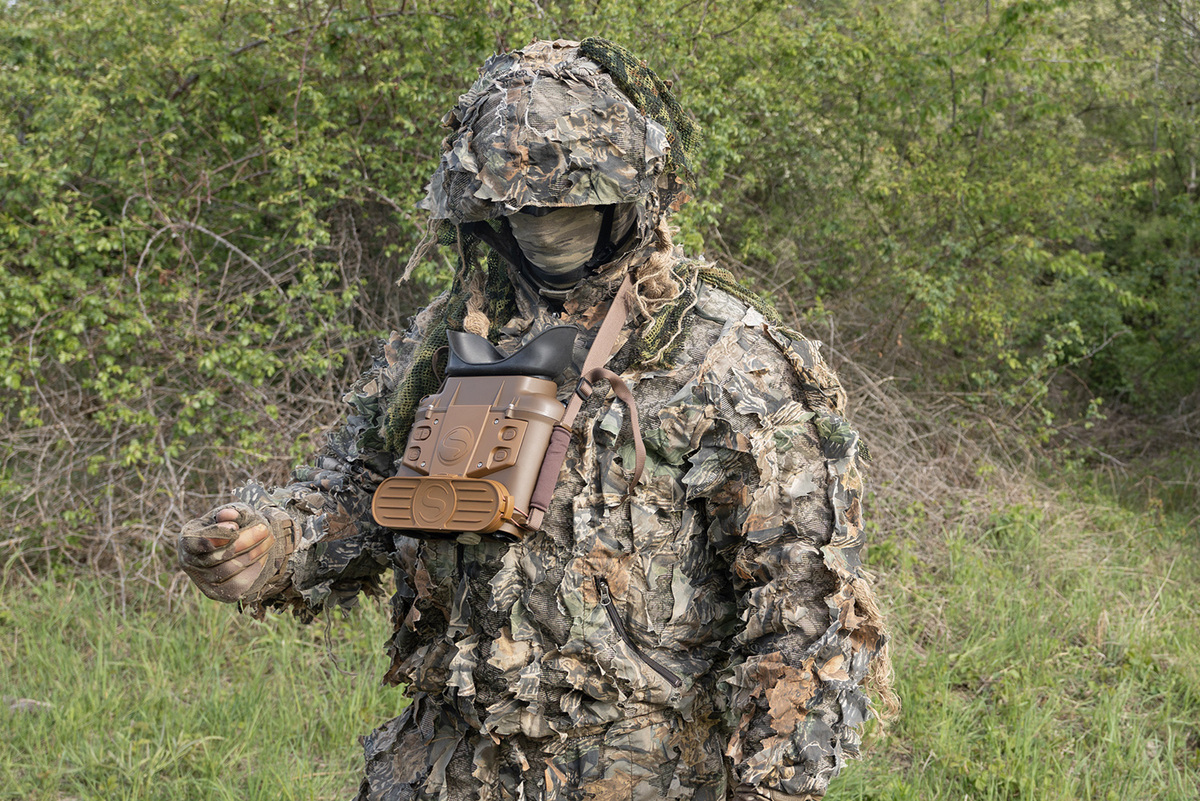
Initiative and immediate response to new challenges are essential not only to increase battlefield surveillance capability, but also to learn how to camouflage, conceal, and deceive surveillance technologies on the enemy side. This is a never-ending process, where the speed of implementation and adaptation plays a key role in battlefield survivability for any individual unit of any type of combat infantry.
Target Acquisition or Target Acquisition from an Individual's Perspective
Target acquisition—the ability to quickly and accurately identify and target enemy forces—is another key element of the modern battlefield. The use of advanced technologies such as drones, thermal imaging, and night vision allows individual soldiers to effectively spot and identify enemy units, minimize risk to their own forces, and maximize the effectiveness of their own attack. Fostering cooperation between different types of weapons and units remains a critical factor in achieving success in all phases of an operation. The ability to adapt rapidly to changing battlefield conditions is essential for each individual element, where the combination of technological superiority and thorough training creates an insurmountable advantage on the home side and a challenge on the enemy side.
Efforts to increase this capability across the board for each individual can be seen, for example, in the U.S. Marines or the U.S. Army, which have abandoned the concept of collimators for low-power variable optics (LPVOs) when introducing new small arms. In the case of the Army Ground Forces, the first sign in this area is the high-quality LPVO optics on the CZ BREN 2 PPS rifle or the optics on the FN Minimi Mk3 machine gun. The question is whether to increase the number of LPVO optics in the squad—or its infantry section—as magnifying reticles with only triple magnification appear to be outdated and obsolete for the needs of rapid target acquisition.
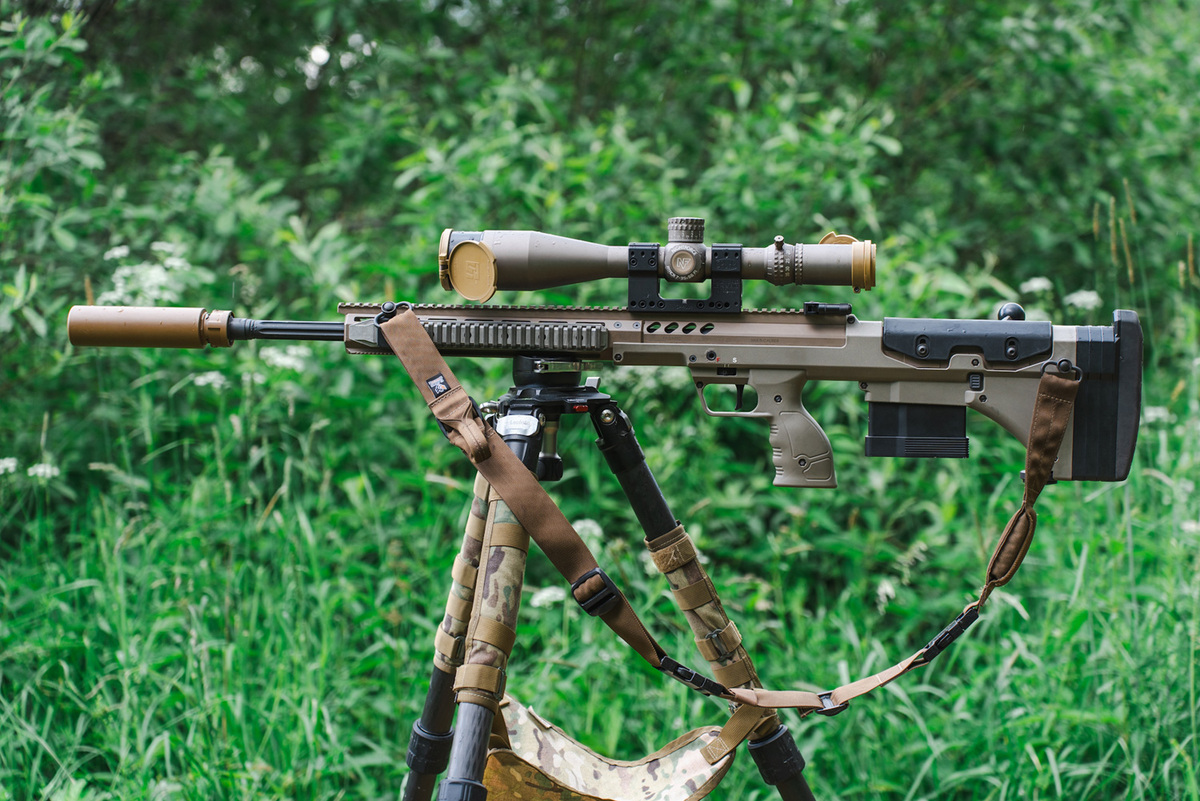
Building a rapid target acquisition capability for each individual on the modern battlefield is critical, as each soldier represents a sensor capable of observing the battlefield, evaluating data, and then interacting with the firing system or assets assigned to that unit. Especially with dismounted infantry supported by vehicles, target acquisition by infantry and subsequent guidance of heavy weapons from concealed positions is vital. Another critical addition for dismounted units is modular combat suite systems, which are built at the squad, platoon, and company levels and are not primarily intended for use by each individual. Training to understand the operation of the entire system is time-consuming, and allocating such technology to every soldier would waste valuable resources.
It is desirable that this capability be built up as much and as quickly as possible, as the synergy of weapons in a multi-domain operation is critical. Particularly with high-precision weapons, appropriate target selection and cooperation within the firing system are crucial. In addition, it is essential that each unit regularly exercises in realistic conditions that simulate a variety of battlefield scenarios. This includes not only tactical manoeuvres but also the ability to effectively use modern technology and adapt to rapidly changing conditions. Careful planning, an innovative approach, and continuous training are essential to successfully integrate these skills and capabilities into the training of individuals.
Night Observation or We own the night from the perspective of an individual
With the advent of new technologies and rigorous training in night operations, the modern soldier is becoming more than just a warrior—he is becoming a key element in the theatre of operations, where his skills, including night or thermal vision and orientation, form the backbone of successful operations in the dark. In this context, it is important not only to master technological innovations, but also to continuously improve tactics and procedures that lead to overall effectiveness and unit readiness for any challenge on the contemporary battlefield. The widespread adoption of night vision equipment is a logical outcome of the projection of the above arguments, and the appropriate addition of thermal imaging equipment at the individual level—at least for command functions—is virtually a given on today's battlefield. It is important to note that the ability to observe with thermal imaging must not be associated only with a vehicle or weapon, but should be fully implemented into the individual commander's equipment and fully integrated into training—not only for use in target observation and acquisition, but also as a means of modifying one’s actions to reduce self-detection by these devices.
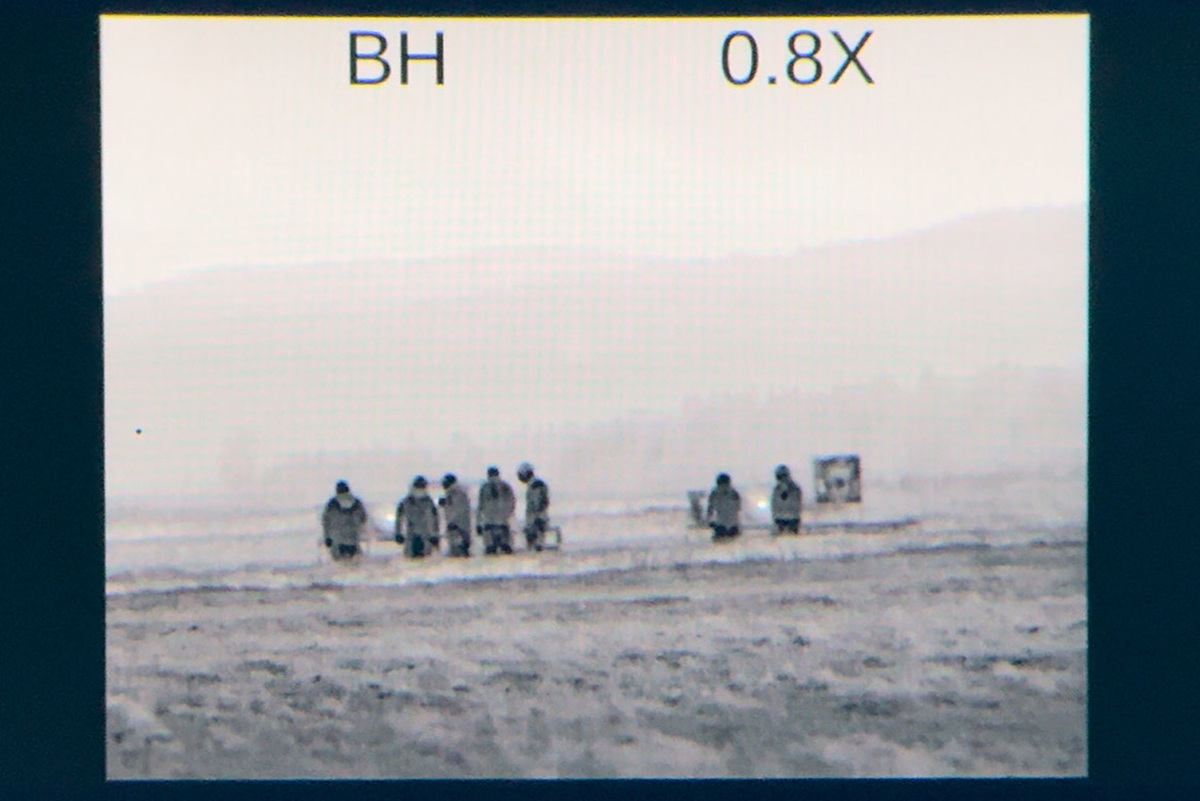
Training for night operations using modern technologies is currently one of the main focuses of training in the units of the Ground Forces of the Czech Armed Forces. This capability, which was applied in practice—particularly in the asymmetric conflict in Afghanistan during the defence of Bagram Airfield—is now being developed and deepened across the full spectrum of Land Force units. It is important to note that this skill is not only essential for combat units in symmetric operations, but is also highly valuable for combat support and combat service support units. Thus, from the standpoint of preparing and deepening the readiness of one’s own forces, the participation of the entire command and control system is essential, with the most junior commanders being responsible for the immediate preparation, training, and education of individuals.
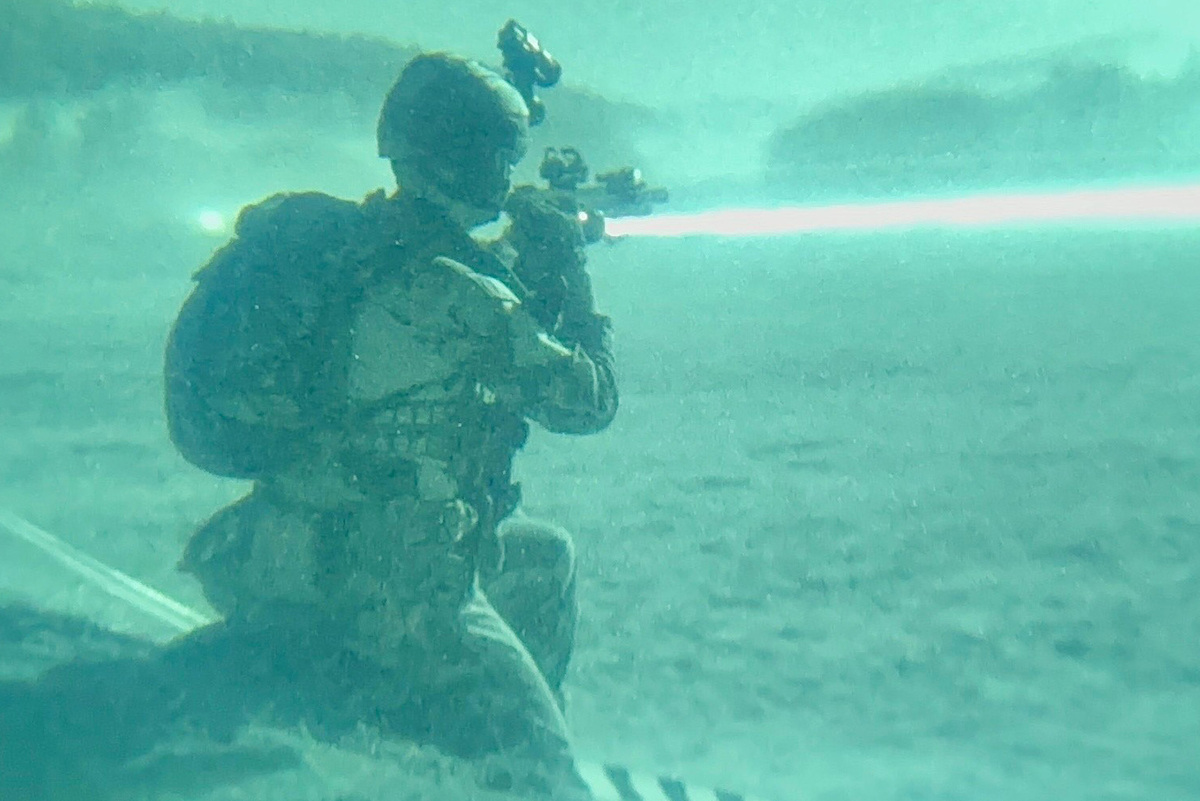
Downstream levels of command are then primarily responsible for formulating requirements and specifying parameters for the procurement of advanced technologies. Immediate response, implementation of information gained through self-development and education, including cooperation across brigade task groups, is a major factor in ensuring continued progress in individual capabilities to conduct night operations—both combat and support.

Conclusion
Whether it is observation, target acquisition, or night operations, today's soldier must continually adapt and improve his skills to meet the new challenges of the modern battlefield. Integrating the latest technologies and tactics is critical to the success of individuals and entire units. Effective training ensures that each soldier is prepared for rapid change and unexpected situations, increasing overall combat capability and operational effectiveness. Enhancing individual and unit capabilities through continuous training and adaptation to modern technology is essential to maintaining operational superiority on today's battlefield.
Preparing soldiers for multi-domain operations—where the integration of land, air, sea, and space forces plays a key role—ensures that each soldier is able to respond quickly to new threats and use advanced technologies to achieve success in all phases of the operation. This not only enhances the effectiveness of operations, but also minimizes risk to one’s own forces, which is pivotal in today's dynamic and ever-changing environment. This fact is fully understood and supported in the Army Ground Forces environment as well. STANO is therefore a set of critical skills and advanced technologies that, when properly coupled with training and individual capability, play a vital role in not only future, but current warfare.

